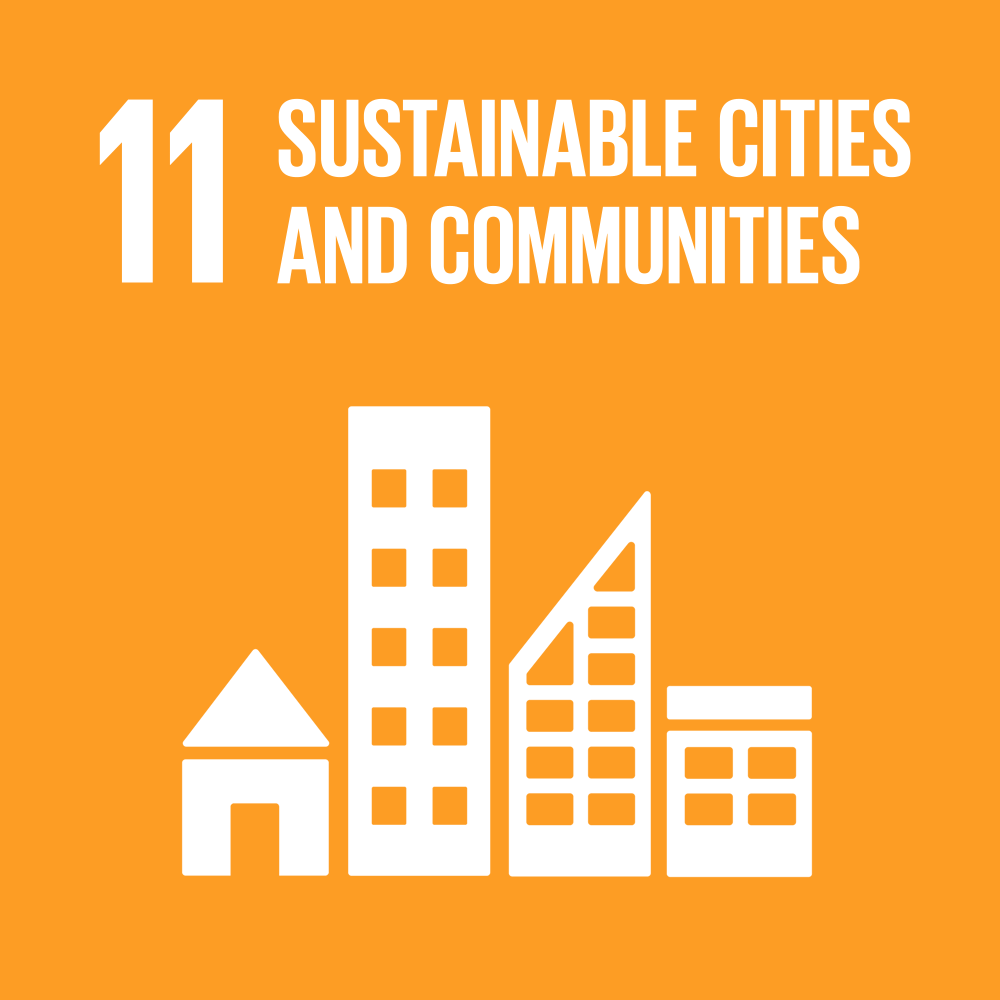Public Transport in City of Zurich
Let us explore together!Background
The public transport network of Zurich is one of most efficient and reliable of the world. In addition to the railway stations, where SBB makes its services available to the public, Verkehrsbetriebe Zürich (VBZ) is responsible for local and regional transport in the city of Zurich. Alongside SBB, it is the largest provider of transport services in the Zürcher Verkehrsverbund (ZVV). VBZ is responsible for tram and bus operations in the city of Zurich and thus offers people in the city and the surrounding regions a high-quality public transport service 365 days a year, at least 20 hours a day. In 2022, VBZ transported a total of 268.5 million passengers, which corresponds to around 581.6 million passenger-kilometres.
For our topic the accessibility is an important element regarding the public transportation in Zurich. Accessibility can be defined as the potential to get from one location (source location) to all other locations (destinations). Several factors play a significant role in accessibility such as public transport timetable, structural data (e.g., population, education and employment). The settlement structure, especially the distribution of population and jobs, which gives rise to spatially relevant activities and demand, is also crucial.
In contrast to accessibility, development is defined exclusively by the transport services available at a specific point (e.g., at a bus stop). The public transport quality classes, for example, are an important indicator of development by public transport, with three easy-to-define criteria forming the basis for calculation:
Type
The type of public transport at a stop
Interval
The interval between services at a stop
Distance
Distance to a stop (as the crow flies)
Interval
The interval between services at a stop
Distance
Distance to a stop (as the crow flies)
Type
The type of public transport at a stop
Distance
Distance to a stop (as the crow flies)
Type
The type of public transport at a stop
Interval
The interval between services at a stop
Research Questions
Q1: How convenient is it to access public transportation in different areas of the City of Zurich?
Q2: How are the stations spatially distributed?
Q3: How frequent are the public transportation options (bus, train, tram)?
Q1
How convenient is it to access public transportation in different areas of the City of Zurich?
Q2
How are the stations spatially distributed?
Q3
How frequent are the public transportation options (bus, train, tram)?
Q1
How convenient is it to access public transportation in different areas of the City of Zurich?
Q2
How are the stations spatially distributed?
Q3
How frequent are the public transportation options (bus, train, tram)?
Relation to UN Sustainable Development Goals
In 2015 more than 190 countries signed two important and promising agreements: the UN 2030 Agenda for Sustainable Development and the Paris agreement on climate change. The Agenda for Sustainable Development includes 17 SDGs regarding several targets such as protecting ecosystems, pursuing sustainable cities and economies, energy, etc.
For this project we have to link transportation to the SDGs. The services and transport infrastructures in the context of economic and social benefits are well known. Transport infrastructure can be the deciding factor between being cut off from and being integrated with the global economy, as well as accessing social and economic opportunities. There is not a specific SDG in the 2030 Agenda for Sustainable Development concerning transport. Transport is highlighted as a decisive enabler in achieving the 17 SDGs. For instance, making significant global advances in reducing greenhouse gas emissions (SDG 13) is unachievable without major efforts in the energy sector (SDG 7), with transport being one of the primary energy consumers. The accessibility is an important element for transportation. SDG target 9 is about the demand to improve quality, reliable, sustainable, and resilient infrastructure, and emphasizes on equitable access for all. SDG target 11 emphasizes the need of ensuring that everyone has access to safe, affordable, and sustainable transportation systems. SDG target 3 addresses the health aspect and that is a major factor as it comes to the safety of transportation and also the accessibility especially for the people in need.







